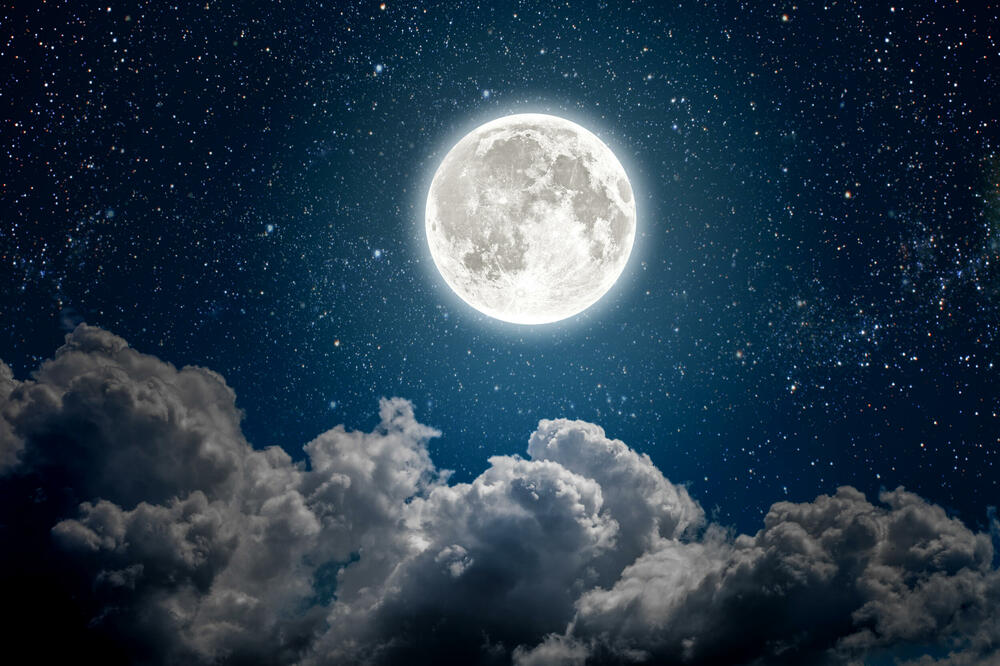The USS San Diego is an American warship whose job it is to transfer troops and equipment to war zones. Its crew routinely trains for such tasks at a base in California, in the Pacific.
However, a closer look at the markings and colors on the uniforms shows that their current mission has goals far beyond war zones.
"This is a unique opportunity, but pretty consistent with what we do day in and day out," Lt. Jackson Courtney, a helicopter pilot, told VOA.
Kotney is a crew member on the USS San Diego, which conducts search and rescue operations in support of NASA's Artemis space mission. During recent exercises in the Pacific, he and hundreds of other sailors worked with the Artemis 2 crew of four to prepare for a key part of the complex operation to retrieve and return the Orion capsule and its crew after re-entering Earth's atmosphere.
David Walton is the commanding officer on board:
"Once the crew is back, our first priority is their health and well-being. To get them out of the capsule quickly and to get them medical treatment quickly, and then to retrieve the equipment for future flights."
Kotni is already a veteran of Artemis. He piloted one of the helicopters that monitored the unmanned Orion capsule, which crashed into the Pacific at the end of the 25-day Artemis 1 mission in 2022.
"Naval aviators and the naval helicopter community have been rescuing astronauts and retrieving them from the sea since the early days of the Apollo missions," says Kotney.
For Kristina Cook, who could go down in history as the first woman to fly around the moon, this training is not just preparation for the path that astronauts already took fifty years ago. It also helps them compete in an entirely new space race, where the United States is not the only country with aspirations beyond Earth's orbit.
"The real question is not - why are we going - but whether we will lead or follow. Seeing how this team works together, and innovatively, to come up with unique solutions to get four people out of the Pacific, it is absolutely clear to me that the answer is that we will - to lead," says astronaut Kristina Kuk for Voice of America.
"Space is cool again," says Lt. Derek Pelletier, aboard the USS San Diego.
Although most of the San Diego crew weren't even born when humans last landed on the moon, they know their role in this training is one small step for NASA's Artemis program, a big leap that doesn't end on the lunar surface.
"The next step will be Mars, and beyond, so it will be fantastic for us to know that we played a role in returning humanity to the moon and to the edge of space. As a crew, we feel that we are doing something extremely important," says Pelletier.
NASA astronauts Christina Cook, Reid Weissman, Victor Glover and Jeremy Hensen from Canada could orbit the moon as early as September 2025. The astronauts' return to the lunar surface is planned for the next mission, Artemis 3, which NASA plans to launch in 2026. year.
Bonus video:




